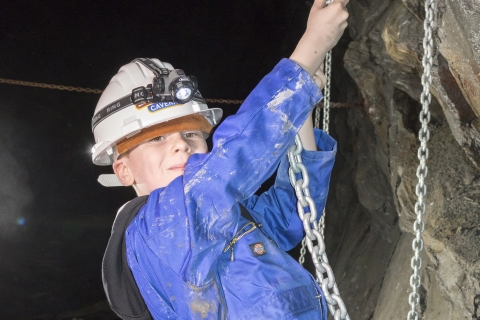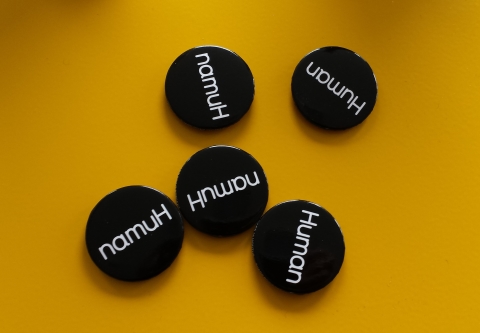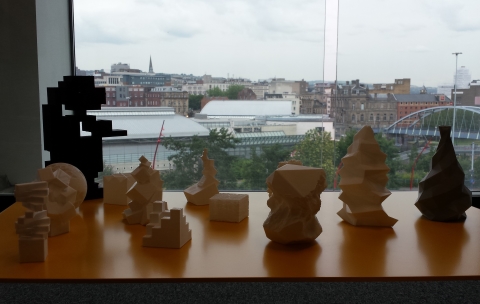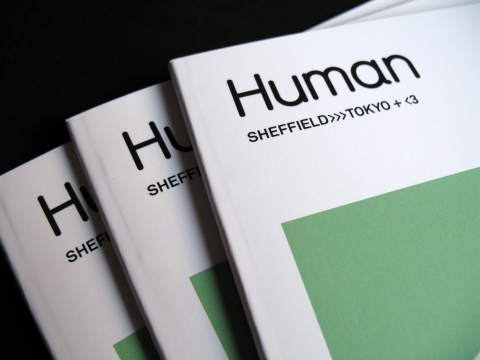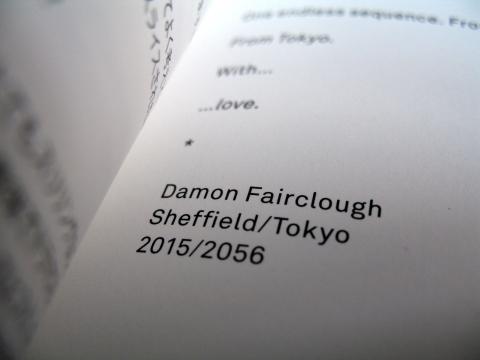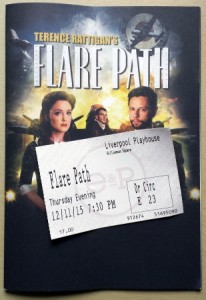At the beginning of my freelance career I decided to call myself a “copywriter, content creator and creative thinker”. You need something to put on the business cards after all. It alliterates in satisfying fashion and its internal rhythms remind me of the clickety-clank of an old mechanical typewriter. Not that I can remember such things…
But does it really tell the whole story? Well, sort of… assuming you take the catch-all term “content” to mean every kind of writing that isn’t traditional advertising copy. Blogging, journalism, arts reviews… I do all these things and more. They all involve the creative use of language. In this buzz-wordy digital age, they’re all “content”.
And then there’s scriptwriting too. I’ve done my fair share of that.
Video scripts for Toyota, radio ads for MBNA, even short plays performed at theatres such as the Sheffield Crucible and Liverpool Everyman – from shameless sales pieces to serious art, I’ve scripted them all. But one of my most exciting script projects of recent times was completed just a few months ago, and the end product was finally launched at the end of March in the same week as my first freelance anniversary.
Llechwedd Slate Caverns is a historical visitor attraction sunk deep into the mountains below Blaenau Ffestiniog in North Wales. Since 1972, the caverns have been telling the story of the Welsh slate mining industry, welcoming visitors into the chilly voids 500 feet below ground and leading them through these spectacular man-made spaces.
In June 2015 I went along to the caverns to experience the tour for myself. I learnt that the old audio-visual technology – equipment which had done sterling service in aid of the Llechwedd story for a number of years – was going to be replaced by some far more up-to-date kit. And I was invited to develop a new script for the Llechwedd deep mine tour – a story that would bring the slate miners’ tales to life and help create an emotional bond between the present and the past.
Whether writing for TV, film, radio or stage – or slate mine – scriptwriting is often a matter of working as creatively as possible within parameters established by budget and technical capability. In this case, the project was being managed by Anthony Roberts of ZED Creative, who talked me through plans for high quality projections, animations, audio and augmented reality – all offering a world of possibilities – balanced by restrictions on where certain equipment could be placed, time limits and so on. The aim was to develop a visitor experience that would be both educational and seriously entertaining – something that would live long in each visitor’s memory while never skimping on the historical facts.
Once I knew how many caverns were involved and where certain activities had to be located, I could begin to add some storytelling flesh to the technical bones. My story would be set in 1856, seven years after slate was discovered at Llechwedd. After travelling down into the caverns via the steepest cable railway in Britain, visitors would follow the voices and images of a single slate mining family; by listening to these individual experiences and witnessing some vivid visual effects, I hoped that the Llechwedd story would come alive like no other tour of its kind.
I’m not going to give away any details about what we achieved, as like any decent drama, much of the pleasure lies in discovering the surprises for yourself. You can find Llechwedd Slate Caverns on a map here, and no doubt Google will be able to tell you the best route from your house. But rest assured, there are surprises. Quite a few of them in fact. There’s also a lot of cutting-edge equipment – and I don’t mean the blades they used to finish off the roof slates. Projection screens, iPads, explosions and smoke effects – they all play their part in telling the tale I wrote.
This fresh new deep mine tour opened to the public on March 23 this year, but like some kind of velvet-rope-dodging hanger-on, I was there the previous day for the VIP launch. There was still a little last minute nipping and tucking under way – as expected for such a technically complex underground installation – but I was shivering with pride as I emerged into the deep dark world of the first cavern and heard – and saw! – my miners come alive for the very first time.
And that’s the thing about scriptwriting. When I completed my part in this project, the script was just words on a screen. But in the subsequent months, those words were filtered through the creative minds of actors, video makers, animators, sound engineers and audio-visual experts, and only by experiencing the tour in those atmospheric underground tunnels can you actually understand what my carefully constructed words have now become.
So if any readers do make it to Llechwedd, I’d love to hear what you think. And you can speak freely, because like most copywriters, when it comes to taking criticism I have a thick skin.
I definitely hope you enjoy it. But I’m not afraid of being slated.
Images and videos by Anthony Roberts/ZED Creative.

